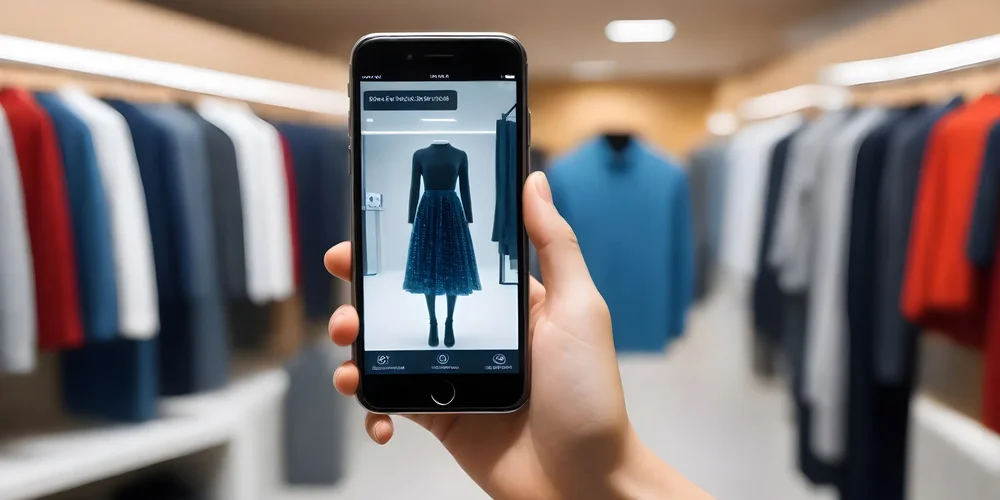
Phygital, the merging of online and offline realms through technology, has become a significant trend, greatly influencing the retail sector. Its objective is clear – to create highly personalized interactions that provide additional value to buyers and actively engage them.
In our previous articles in the m-commerce series, we discussed mobile commerce, its rising popularity, and the driving factors behind its growth.
Now, it’s time to explore the complex relationship between technology and consumer behavior, and examine how phygital transforms the way we shop.
First off, let's get a clear picture of what phygital actually means. Essentially, it’s all about smoothly integrating digital and real-world experiences, creating immersive, personalized interactions that connect both realms and add extra value for users and customers. Its goal is to maintain a seamless connection between the physical and digital worlds, fostering a natural flow that enhances the overall UX and CX.
Modern consumers are masters of blending their offline and online shopping experiences. They browse product reviews online before stepping foot in a physical store or touch and feel products in-store before making an online purchase. In a nutshell – they’re already phygital.
According to our report “Młodzi vs Mobile”, nearly half (48%) of Poles aged 15-20 spend 2 to 5 hours with their phones in hand and 78% of them use smartphones during in-store shopping. What’s more, only a third of respondents could comfortably function without their phones for half a day. When in stores, consumers use phones and apps mainly to take advantage of discounts, compare prices, and browse product reviews.
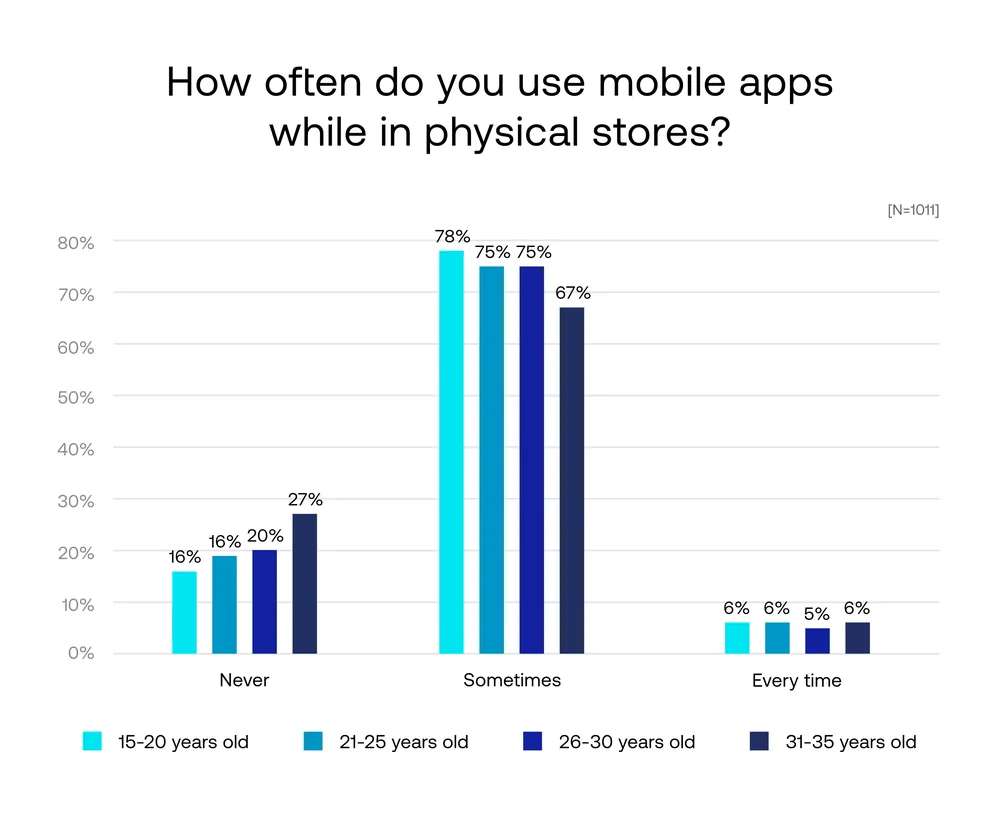
Today’s buyers are always plugged in – they seamlessly shift between the physical and digital worlds, seeking not just products or services, but memorable sensations and experiences. That’s why brands that want to stay ahead need to adapt and find ways to meet consumers halfway.
Although phygital may seem like a concept of the future, cutting-edge tech solutions blending the online and offline are already present in Poland. At Future Mind, we’ve decided to ask Poles about 21 phygital technologies – from well-known self-checkouts to biometric payments and smart mirrors. One key finding? Our report “Żyjesz w phygitalu, choć o tym nie wiesz” shows that simply knowing about a given solution doesn't necessarily mean consumers will use it. For instance, while 94% of respondents over 58 years of age know they can pay via phone or watch, only 31% actually use this feature.
The average usage of the 21 technologies we’ve analyzed stands at 39% in the 15-26 age group and only 19% in the 58+ age group. The most popular phygital solutions in Poland are:
But that's just the tip of the iceberg – there's a plethora of innovative phygital solutions reshaping our interactions with businesses. Take popular fast-food chains, for instance. Have you ever found yourself navigating past digital self-ordering kiosks upon entering a restaurant? It's a prime example of phygital most of us have encountered.
Furthermore, augmented reality (AR) and virtual reality (VR) are leading the charge in delivering immersive user experiences. Think about virtual dressing rooms that let shoppers visualize how a piece of clothing fits without physically trying it on. What’s more, you’ve likely used or at least heard about the AR app from a popular Swedish brand that allows customers to preview furniture in their homes before making a purchase.
Click-and-collect services and advanced ordering options are other examples of the convenience and comfort provided by phygital tech. Such solutions are offered by an increasing number of companies, including fast-food chains where customers can pre-order their meals through the app before arriving at the restaurant, streamlining their dining experience.
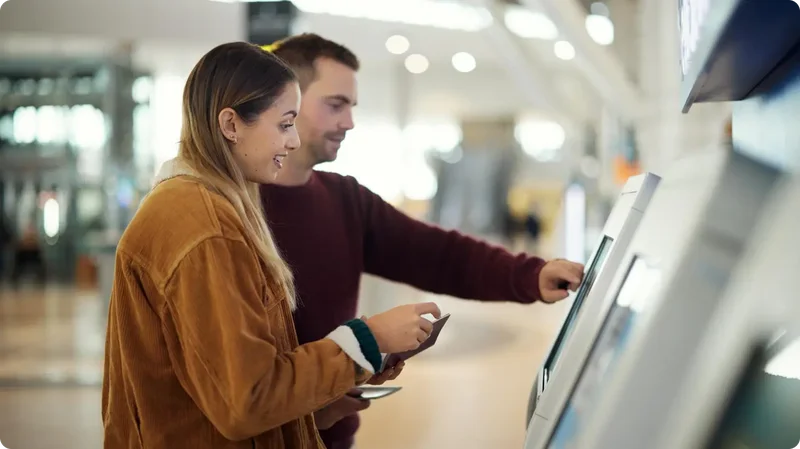
McKinsey's research shows that people who use omnichannel methods for shopping tend to buy 1.7 times more frequently than those who stick to just one channel. According to Sherwen Studios' findings, over 40% of shoppers said they would be “much more likely” or “somewhat more likely” to make an in-store purchase if they could use a QR code to help them decide. Among consumers aged 16-24, this number rose to 64%.
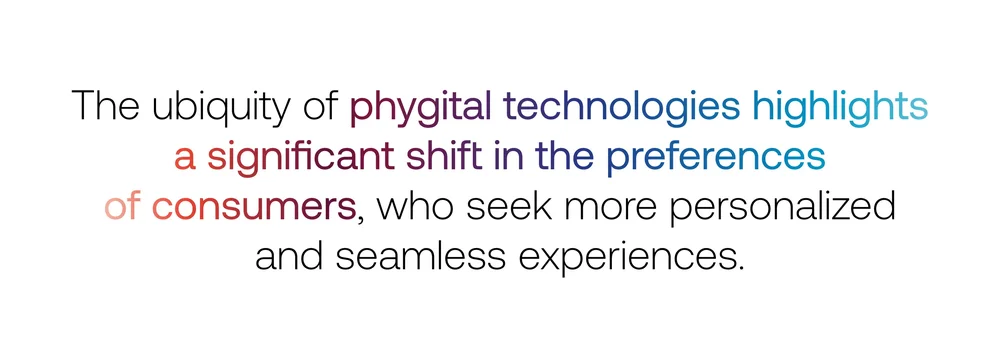
Creating engaging and exceptional phygital experiences goes beyond just intuitive design; it requires a profound understanding of consumer behaviors and preferences. In 2024, brands that want to succeed need to develop solutions, products, and services that enable customers to experience the brand, not just make purchases from it.
According to IBM, a mere 9% of respondents express satisfaction with their in-store shopping experiences, while only 14% say the same about online shopping. Our report “Młodzi vs Mobile” reveals that 52% of buyers aged 15-20 face usability issues when using m-commerce apps. Additionally, 30% note that the presented information isn't clear and readable, while 26% express frustration, perceiving mobile apps as unintuitive. Not to mention older consumers who frequently grapple with tiny font sizes and inaccessible features. And keep in mind, we're only delving into the online sphere here.
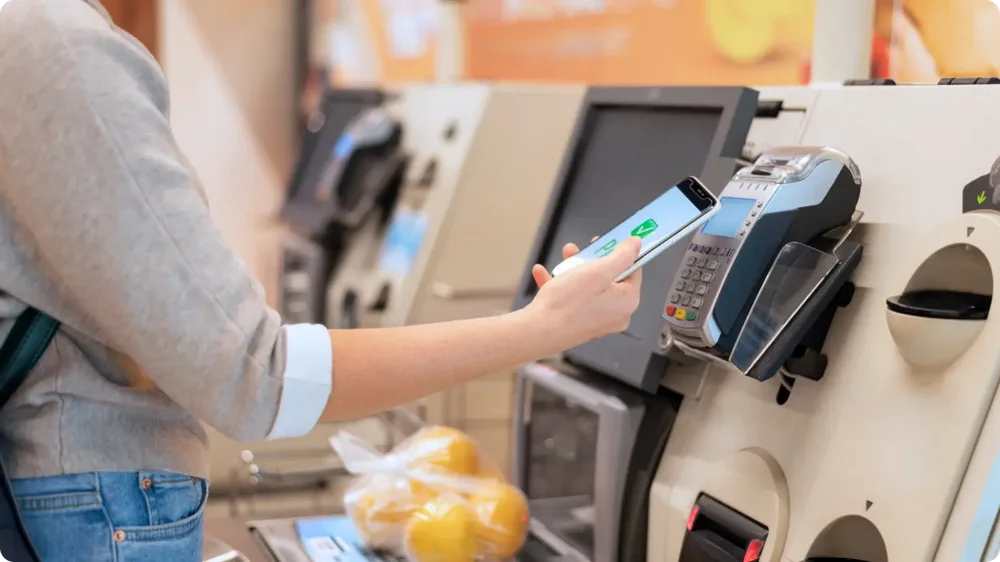
So, how are businesses managing the phygital expectations and challenges of buyers? Forrester reports that 47% of companies find it difficult to seamlessly connect and coordinate customer journeys across digital and physical touchpoints. Then, it comes as no surprise that the rankings of numerous five-star digital products have plummeted due to inconsistencies between the in-app experience and real-world interactions, resulting in reduced consumer satisfaction.
Thus, achieving a successful phygital experience, which is synonymous with a positive customer experience, requires conducting UX research, understanding contextual factors, extracting profound insights, and adapting strategies to meet buyers' needs.
By doing user research and analyzing shopping patterns, transactional data, and sentiment, organizations can glean invaluable insights that transcend superficial understanding. These insights can then be leveraged to eliminate barriers encountered by users both online and offline. For example, consider the challenges faced by mothers navigating stores with strollers or the accessibility requirements of elderly shoppers. Taking into account the limitations and needs of the target audience is paramount in designing fully inclusive and seamless CX, fostering stronger customer loyalty, and ultimately driving revenue growth, regardless of whether we're discussing the digital, physical, or phygital realm.
So, what's the secret to creating exceptional phygital experiences? They should be:
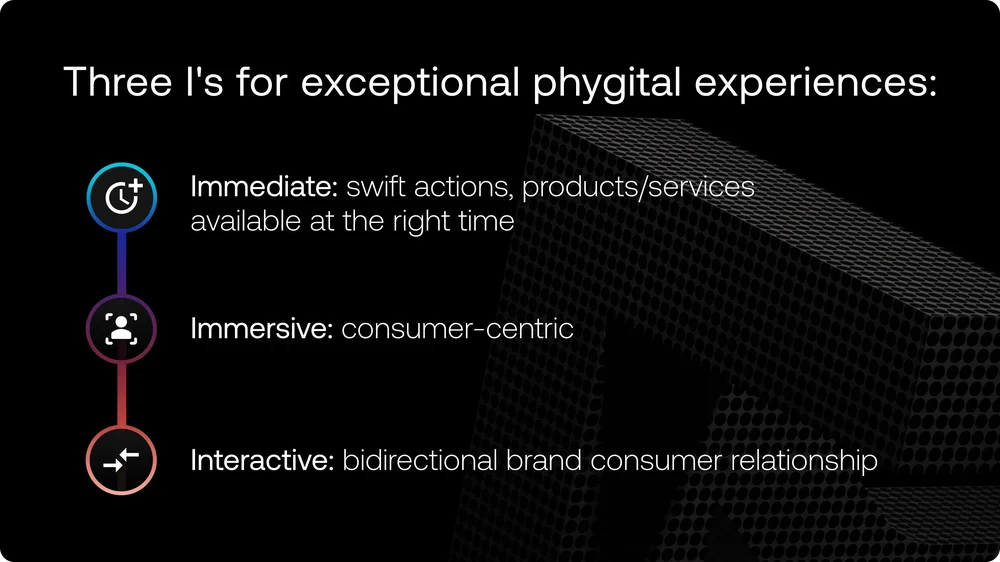
The merging of physical and digital realms is fundamentally reshaping how consumers interact with brands and products.
Smartphones and mobile apps are at the core of this transformation, not only changing but also enriching phygital strategies and user experiences. They revolutionize the shopping journey in multifaceted ways, making shopping more personalized, convenient, and integrated. How? Here are a few examples:
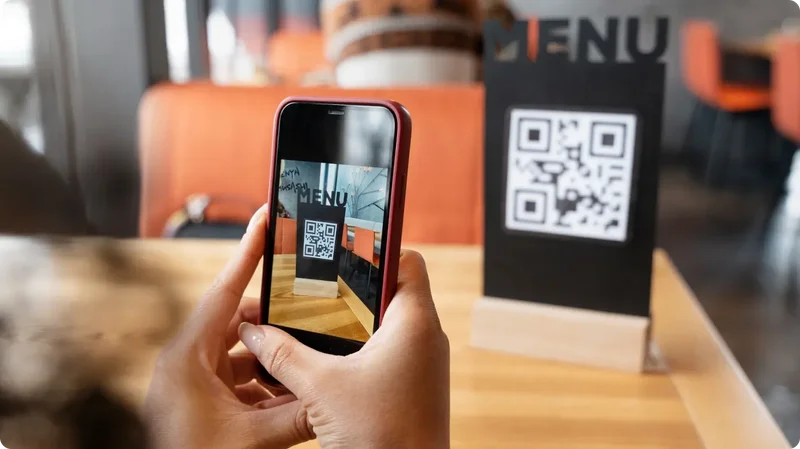
Phygital is not a far-fetched future depicted in science fiction movies. It's a world we're already living in, and most consumers are navigating this fusion without even realizing it.
The continuous advancement of technology, smartphones with functions we can't live without, and multifunctional m-commerce apps – it’s all changing the way today's users shop, increasingly blurring the lines between physical and digital commerce.
So, how can businesses stand out and gain an edge in this competitive world? It’s simple: by crafting CX that's immediate, immersive, and interactive – not only online or offline, but also in the phygital realm.